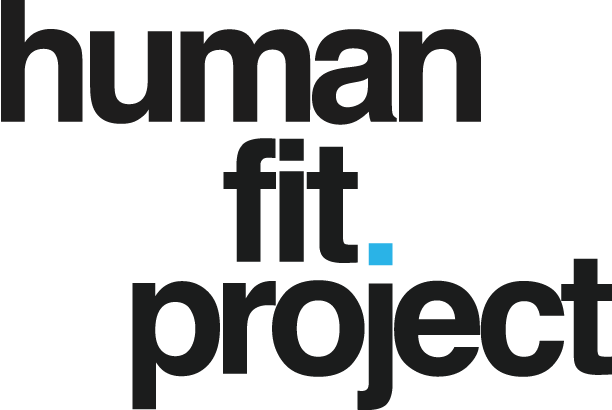The promise of GLP-1 medications like Ozempic, Wegovy, and Mounjaro is undeniable. People are shedding pounds rapidly, improving key health markers, and regaining control over their relationship with food. But behind the headlines and before-and-after photos, a less glamorous truth is emerging: a significant amount of that weight loss is coming from muscle.
And that’s a problem.
What happens to muscle on GLP-1s?
GLP-1 receptor agonists were designed to help regulate blood sugar and reduce appetite. While incredibly effective at promoting fat loss, these drugs are not selective in what kind of weight you lose. Research shows that for many users, up to 40% of the weight lost can come from lean body mass — which includes skeletal muscle, bone, and organ tissue.
The STEP 1 trial, published in the New England Journal of Medicine, found that while semaglutide users lost an average of 15% of their body weight, a substantial portion of that was not fat. Similar findings have emerged from studies published in JAMA Network Open and Cardiovascular Diabetology, all underscoring a central concern: without proper resistance training and nutrition, GLP-1 weight loss may leave you lighter, but also weaker.
Why muscle matters more than you think
Losing muscle doesn’t just mean you can’t lift as much weight at the gym. Muscle mass is crucial for:
- Metabolic health: Muscle burns more calories at rest than fat, meaning less muscle could slow your metabolism.
- Insulin sensitivity: Skeletal muscle plays a major role in glucose uptake.
- Longevity: Higher muscle mass is associated with lower mortality, especially as we age.
- Bone health: Muscle loss often accompanies reductions in bone mineral density, increasing the risk of fractures.
The long-term implication? Losing weight at the cost of muscle may undermine many of the very health goals that led you to take a GLP-1 in the first place.
The research is clear: Exercise makes a difference
Fortunately, there’s good news. Resistance training (and certain forms of aerobic exercise) can significantly mitigate muscle loss — and even help you gain muscle while losing fat.
One 2024 study found that participants who combined GLP-1 therapy with resistance training not only preserved muscle mass, but experienced greater fat loss compared to those who used the drug alone. Another study published in Cardiovascular Diabetology concluded that the combination of liraglutide and exercise led to the greatest reduction in fat mass while fully maintaining lean mass.
Perhaps most compelling was the BELIEVE trial presented at ADA 2025: when semaglutide was combined with bimagrumab (a muscle-preserving agent), 93% of the weight lost was fat, and lean mass was preserved or increased.
The takeaway: you can keep the weight loss, and protect your muscle — but not without effort.
What kind of strength training works best?
You don’t need to become a powerlifter or spend hours in the gym. But your body does need regular, progressive resistance training. That means:
- Lifting weights (free weights, machines, resistance bands)
- Bodyweight training (pushups, squats, lunges, planks)
- Progressive overload (gradually increasing resistance or reps over time)
Aim for at least 2–3 sessions per week that target all major muscle groups. The goal isn’t to become a bodybuilder but to get your body to hold onto muscle while you lose fat.
Protein intake is equally important
Muscle isn’t just preserved through training, it’s also built and maintained with proper nutrition. Multiple studies emphasize the need for adequate protein intake during GLP-1 therapy to counteract lean mass loss.
According to a 2024 review, protein intake should be prioritized daily, ideally spaced across meals. A general rule of thumb? Aim for 1.2–2.0 grams of protein per kilogram of body weight, depending on your activity level.
This isn’t just about aesthetics
For many, GLP-1 medications represent a life-changing opportunity to lose weight and regain confidence. But there’s a deeper opportunity here: to reshape your body composition and health from the inside out.
The difference between weight loss and body recomposition (losing fat and maintaining or gaining muscle) is where the true transformation lies. It’s not just about being smaller. It’s about being stronger, more resilient, and metabolically healthier.
Where to get a GLP-1 workout plan?
If you’re looking for a simple, science-backed way to build strength, preserve muscle, and stay grounded during your GLP-1 journey, try GLP & Me. It’s a custom GPT built to coach you through strength workouts, protein planning, and mindset support — all tailored for GLP-1 users.


